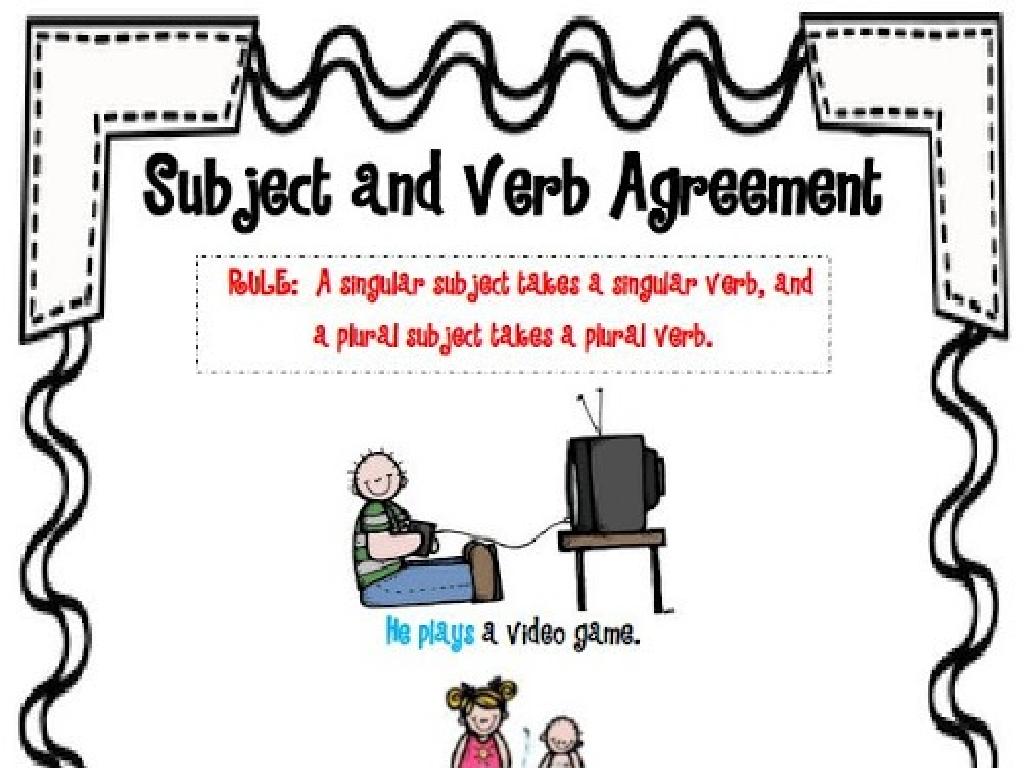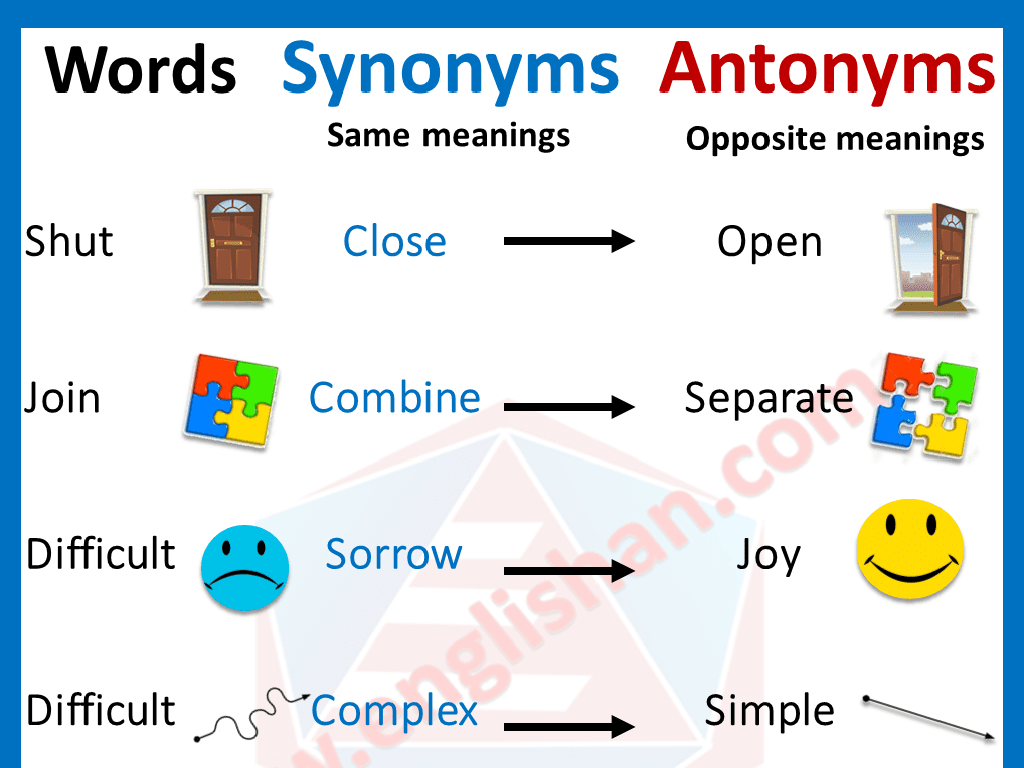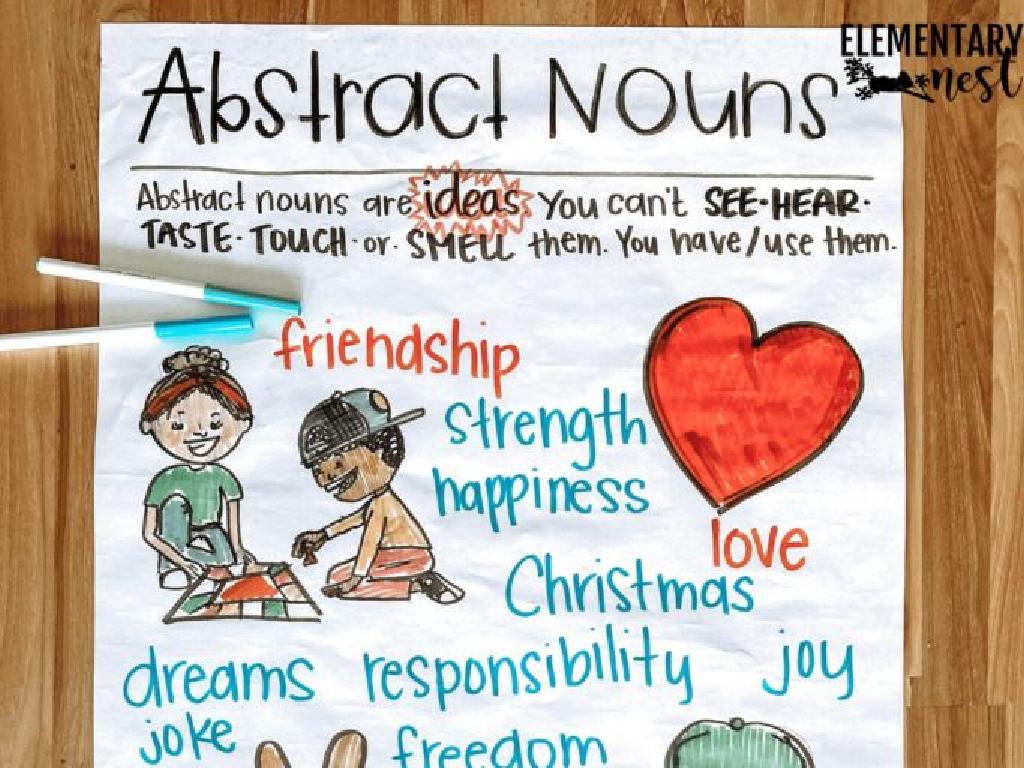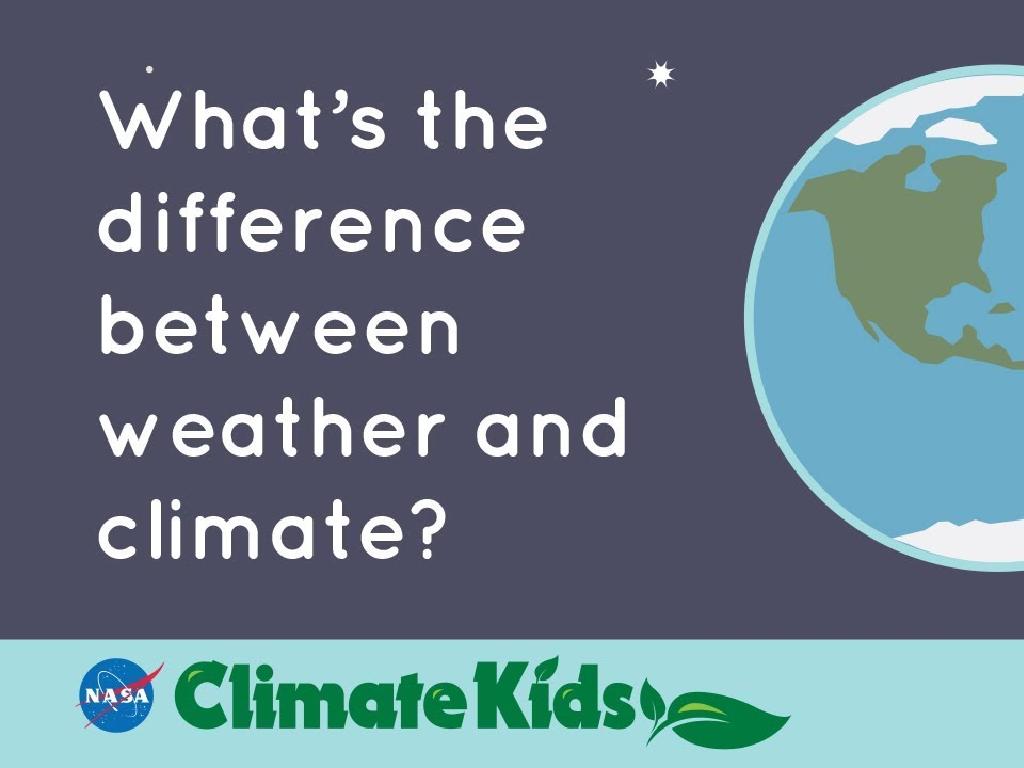Spell Words With Open And Closed Syllables
Subject: Language arts
Grade: Second grade
Topic: Short And Long Vowel Patterns
Please LOG IN to download the presentation. Access is available to registered users only.
View More Content
Today’s Adventure: Short and Long Vowel Patterns
– Explore open syllables
– Open syllable ends in a vowel, vowel says its name, like ‘go’ or ‘he’.
– Discover closed syllables
– Closed syllable ends in a consonant, vowel is short, like ‘cat’ or ‘dog’.
– Short vs. long vowel sounds
– Short vowels: ‘a’ as in ‘apple’, long vowels: ‘a’ as in ‘acorn’.
– Spelling Detective activity
– Find words in your book and decide if they are open or closed syllables.
|
This slide introduces the concept of open and closed syllables as part of understanding short and long vowel patterns. Open syllables end in a vowel and the vowel ‘says its name’, producing a long vowel sound. Closed syllables end in a consonant, making the vowel sound short. Provide examples of both types of syllables and encourage students to listen for the vowel sounds. The Spelling Detective activity will engage students in identifying syllable types from their reading material, reinforcing their understanding of the concept. Prepare to guide them through examples and answer any questions they may have about the differences between short and long vowel sounds.
Exploring Vowels: Open & Closed Syllables
– Meet the vowels: A, E, I, O, U
– Vowels have different sounds
– Like ‘i’ in ‘igloo’ and ‘o’ in ‘octopus’
– Short vowels: ‘a’ in ‘apple’
– ‘e’ as in ‘egg’, ‘i’ as in ‘igloo’
– Long vowels: ‘a’ in ‘ape’
– ‘e’ as in ‘eat’, ‘i’ as in ‘ice’
|
This slide introduces the concept of vowels to second-grade students, highlighting the different sounds they can make. Start by familiarizing students with the vowels A, E, I, O, U. Explain that vowels can have short or long sounds, which affect how we spell and pronounce words. Use common examples like ‘apple’ for the short ‘a’ sound and ‘ape’ for the long ‘a’ sound to illustrate the difference. Encourage students to think of more words that fit these patterns and to listen for the vowel sounds in words they use every day. This understanding is foundational for learning about open and closed syllables in subsequent lessons.
Exploring Open Syllables
– Open syllables end with a vowel
– The vowel is not followed by a consonant
– Vowels have long sounds
– It’s like the vowel is saying its own name
– Examples: ‘go’, ‘he’, ‘I’
– ‘go’ as in ‘gopher’, ‘he’ as in ‘hero’, ‘I’ as in ‘ice’
|
This slide introduces the concept of open syllables to second-grade students. Open syllables are those that end in a vowel, and this vowel typically has a long sound, meaning it says its name. Examples like ‘go’, ‘he’, and ‘I’ illustrate this concept clearly. When teaching this slide, emphasize the pronunciation of the vowels and encourage students to come up with additional examples. Have them practice identifying open syllables in words and consider incorporating a fun activity where they can create their own words using open syllables.
Understanding Closed Syllables
– Closed syllables end in consonants
– Like ‘cap’, ‘sit’, or ‘top’, ending with a consonant
– Vowels in closed syllables are short
– The ‘a’ in ‘cat’, ‘e’ in ‘bed’, and ‘i’ in ‘fish’ are short
– Example: ‘cat’, ‘bed’, ‘fish’
– ‘cat’ has ‘a’ closed by ‘t’, ‘bed’ has ‘e’ closed by ‘d’
|
This slide introduces the concept of closed syllables to second graders. Emphasize that closed syllables end with a consonant, which affects the vowel sound, making it short. Use common examples like ‘cat’, ‘bed’, and ‘fish’ to illustrate the concept. Explain that the vowel sound is short because it is ‘closed in’ by the consonant at the end. Encourage students to practice by identifying closed syllables in their reading and by coming up with additional examples as a class activity.
Let’s Practice Spelling with Syllables!
– We’ll spell words as a group
– Determine if syllables are open or closed
– Closed syllables end in a consonant, open do not
– Listen for the vowel sounds
– Vowels have a short sound in closed syllables
– Is the vowel sound short or long?
– Vowels say their name (long sound) in open syllables
|
This slide is for a class activity focused on understanding and practicing the concept of open and closed syllables in words, which is part of learning about short and long vowel patterns. Start by spelling words together as a class to engage students in a group activity. Prompt them to think about whether each syllable in the word is open (ending in a vowel) or closed (ending in a consonant). This will help them determine the vowel sound. Closed syllables typically have a short vowel sound, while open syllables often have a long vowel sound. For example, in the word ‘robot,’ the first syllable is closed, leading to a short ‘o’ sound, while in ‘he,’ the syllable is open, giving a long ‘e’ sound. Encourage students to listen carefully to the vowel sounds as they spell. Provide guidance and correct as necessary. Plan for individual or small group activities where students can practice spelling words with open and closed syllables and identifying the vowel sounds.
Spelling with Syllables: Open & Closed
– Open syllable word: ‘be-gin’
– An open syllable ends in a vowel, and the vowel sounds long.
– Closed syllable word: ‘back-pack’
– A closed syllable ends in a consonant, making the vowel sound short.
– Breaking down words
– Let’s split more words to see if they are open or closed syllables.
– Practice spelling together
|
This slide introduces the concept of open and closed syllables as a way to understand spelling patterns. Open syllables end in a vowel and the vowel ‘says its name’, resulting in a long vowel sound, as in the word ‘be-gin’. Closed syllables end in a consonant, which ‘closes in’ the vowel, often resulting in a short vowel sound, as in ‘back-pack’. Encourage students to practice by breaking down words into syllables and identifying whether they are open or closed. This will help them with spelling and pronunciation. During the lesson, work through more examples together and have students practice spelling words with open and closed syllables.
Game Time: Syllable Sort!
– Sort words into two types
– ‘Open Syllable’ or ‘Closed Syllable’
– Partner up for the challenge
– Who sorts the most words?
– Open vs. Closed Syllables
– Open has a long vowel sound, closed has a short
|
This interactive game is designed to help students recognize the difference between open and closed syllables. Open syllables end in a vowel with a long vowel sound (e.g., ‘me’), while closed syllables end in a consonant with a short vowel sound (e.g., ‘mat’). Students will work with a partner to sort a list of words into the correct category. The goal is to sort as many words as possible correctly. This activity encourages teamwork and reinforces the lesson on syllable types. For the teacher: Prepare a list of words with both open and closed syllables. Monitor the pairs to ensure they are collaborating effectively. Offer assistance as needed and confirm the correct sorting of words to reinforce learning.
Class Activity: Syllable Scavenger Hunt
– Find open/closed syllable words
– Write words in your notebook
– Share your findings with class
– Understand syllable types
– Open syllables end in a vowel with a long sound, closed end with a consonant.
|
This activity is designed to help students recognize and differentiate between open and closed syllables in words. Open syllables end in a vowel and have a long vowel sound (e.g., ‘me,’ ‘baby’), while closed syllables end in a consonant and have a short vowel sound (e.g., ‘cat,’ ‘rabbit’). Have the students look for words in their books that contain both types of syllables and write them down. Afterward, they will share their findings with the class, which will reinforce their understanding and provide practice in identifying syllable types. For the teacher: Prepare a list of example words with open and closed syllables to guide the students if they struggle to find words. Also, consider creating a worksheet where students can categorize their words into open and closed syllables.
Spelling Success: Open & Closed Syllables
– Congrats, Spelling Detectives!
– Mastery of open & closed syllables
– Open syllables end in a vowel, closed end in a consonant
– Practice makes perfect
– Read daily and spot the syllables in words
– Aim to be a spelling expert!
|
This slide is meant to congratulate the students on their hard work learning about open and closed syllables. It’s important to reinforce the concept that open syllables end in a vowel and usually have a long vowel sound, while closed syllables end in a consonant and typically have a short vowel sound. Encourage the students to continue practicing by reading daily and identifying the syllables in words they come across. This will help them become more familiar with different syllable types and improve their spelling skills. Celebrate their progress and remind them that with consistent practice, they can become spelling experts.






